X
Electric hoists represent their own machinery, strength, and toughness, while the stage is elegant, flowing, and soft, with conflicts and collisions between the two.
The thickness of the chain is one of the core parameters for selecting stage electric hoists, requiring a balance among load capacity, safety, and flexibility. It is recommended to choose a chain of s
Category : V7 Stage Electric Series
Get a Quote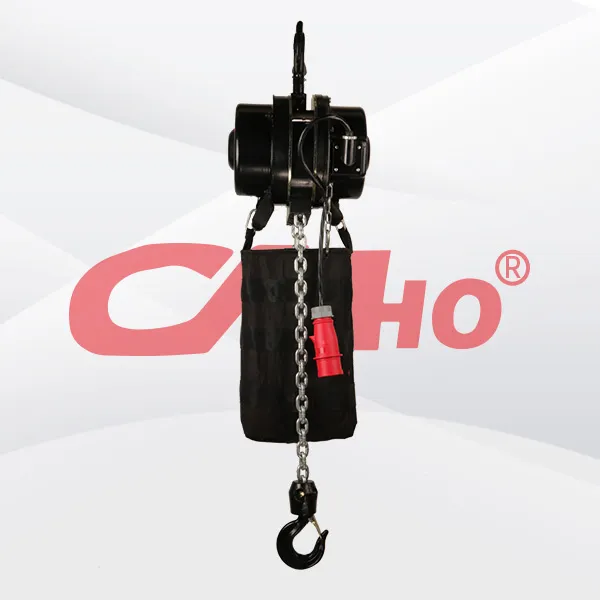




Product Details
Product Name: V7 Stage Electric Hoist
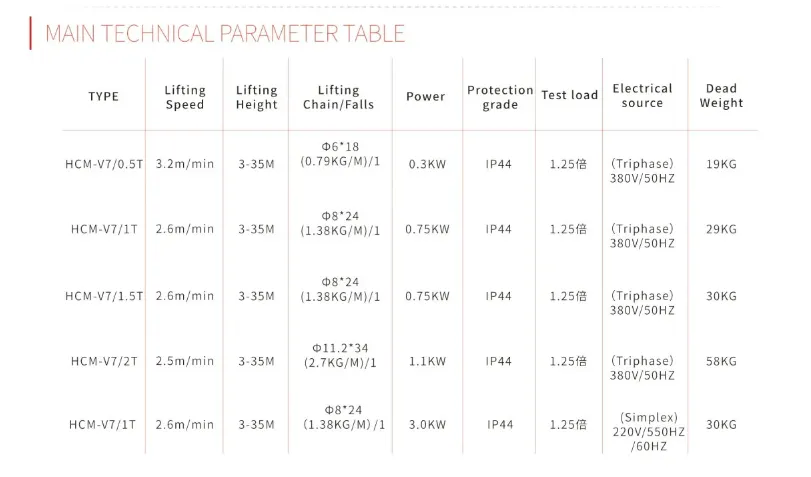
Truss system stage hoists, thick chains have greater weight, which may increase the overall load on the truss. It is necessary to confirm whether the truss structure can bear the additional weight. Additionally, thick chains have greater inertia during winding, which may affect the precise control of lifting speed (e.g., in scenarios requiring fine-tuning of position). Thin chains, being lighter, are suitable for scenarios that require quick adjustment of set positions or have limited truss load-bearing capacity (such as temporarily built stages). Maintenance Complexity
- Thick chains in truss system stage hoists typically require more frequent lubrication and inspection (due to high loads and wear risks), leading to higher maintenance costs and workload. - Thin chains are relatively simpler to maintain but require stricter monitoring of wear conditions.
Matching Requirements The thickness of the chain for truss system stage hoists must match the **sprocket tooth profile and drum diameter** of the electric hoist:
- If the chain is too thick for the sprocket specification, it may cause poor meshing, loud operation noise, or chain jamming. - Conversely, if the chain is too thin, insufficient tension may cause chain skipping.
Previous: Hanging Upside Down Truss Hoist
Next : none
RELATED PRODUCTS .
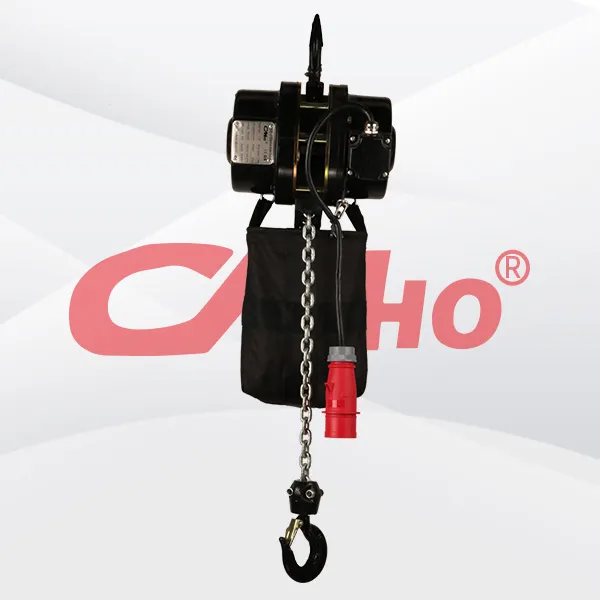
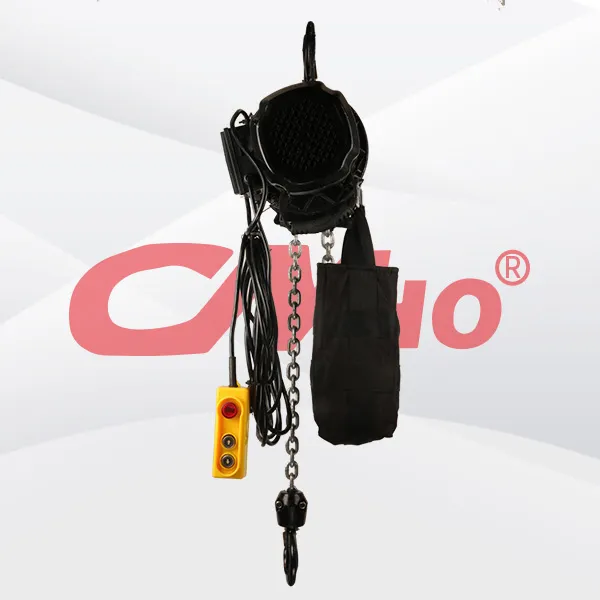
The thickness of the chain is one of the core parameters for selecting stage electric hoists, requiring a balance among load capacity, safety, and flexibility. It is recommended to choose a chain of s
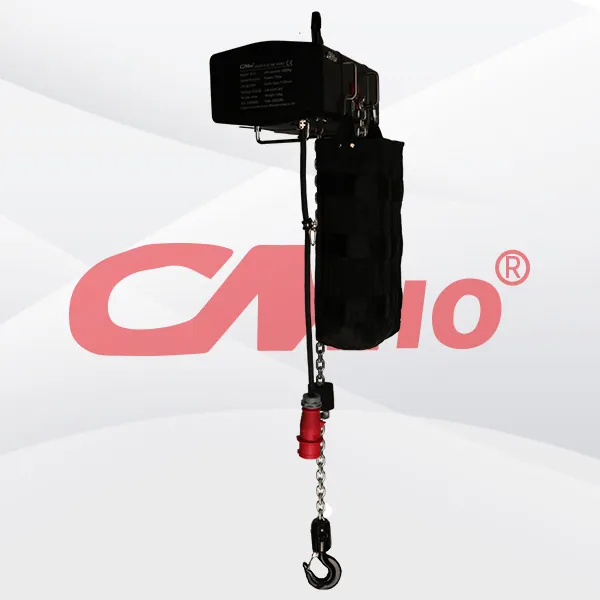
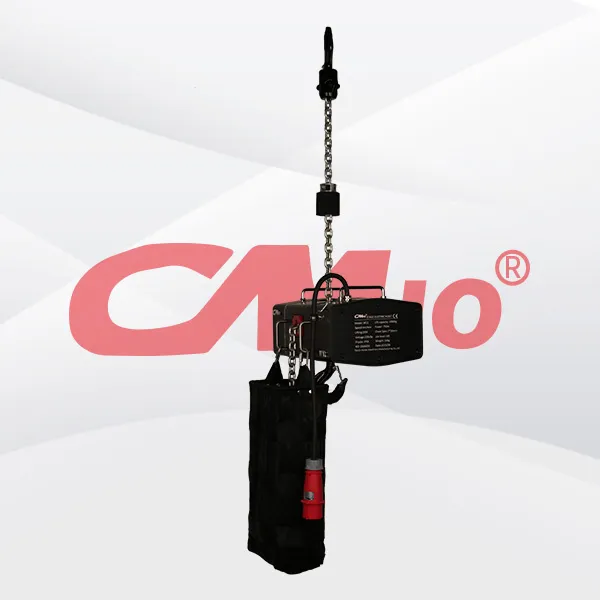
The thickness of the chain is one of the core parameters for selecting stage electric hoists, requiring a balance among load capacity, safety, and flexibility. It is recommended to choose a chain of s
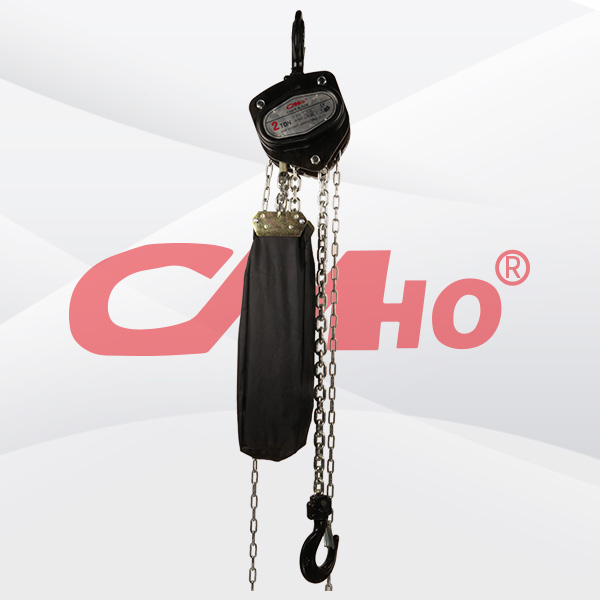
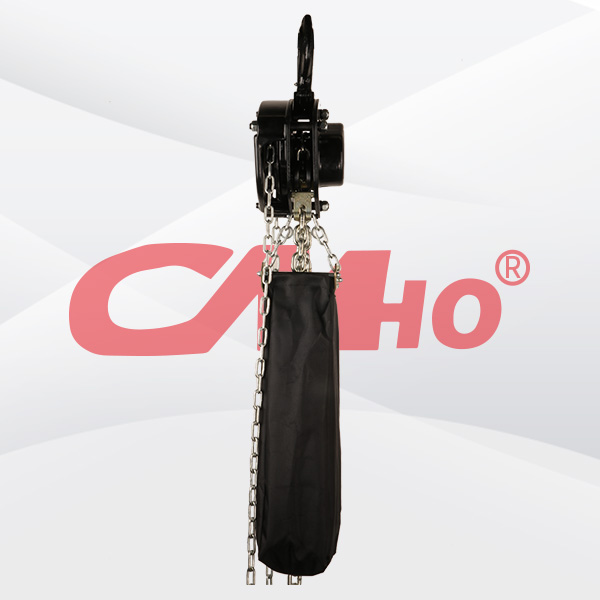
Precautions during the operation of the stage hoist:
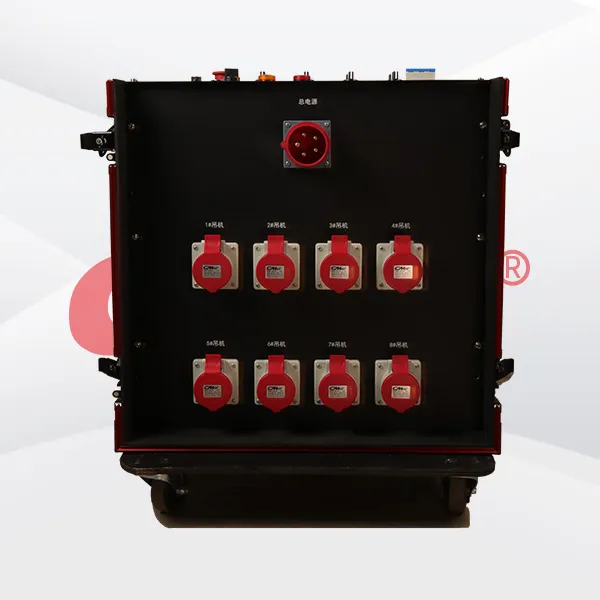
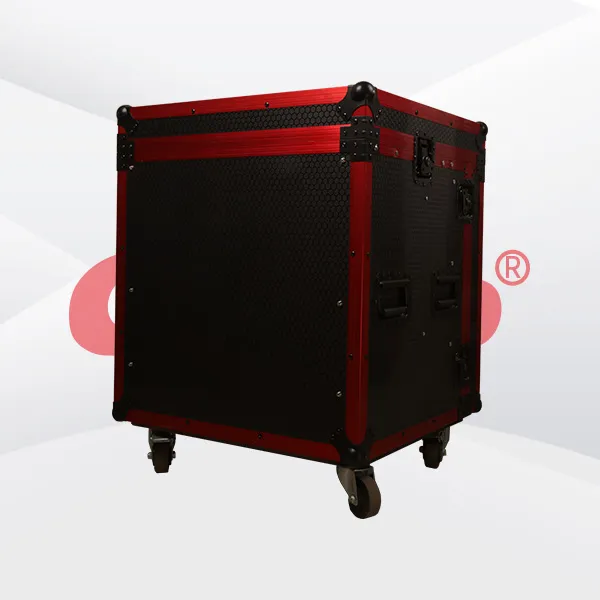
The stage electric hoist controller —tap your finger and witness the extraordinary. With precise signal transmission, outstanding adaptability and compatibility, it meets every stage requirement seaml
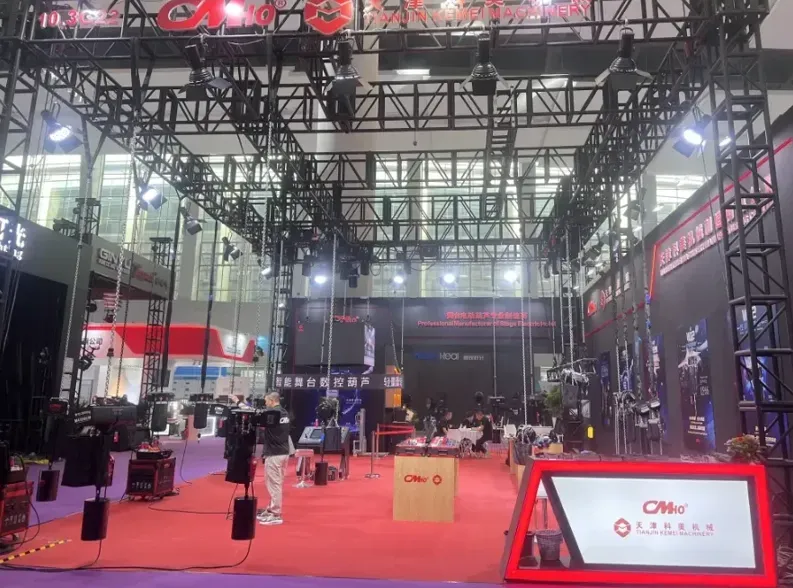
2025-05-27
创始人
0
Guangzhou International Professional Lighting and ...
We look forward to meeting you at the exhibition site and jointly drawing a new blueprint for industry development!
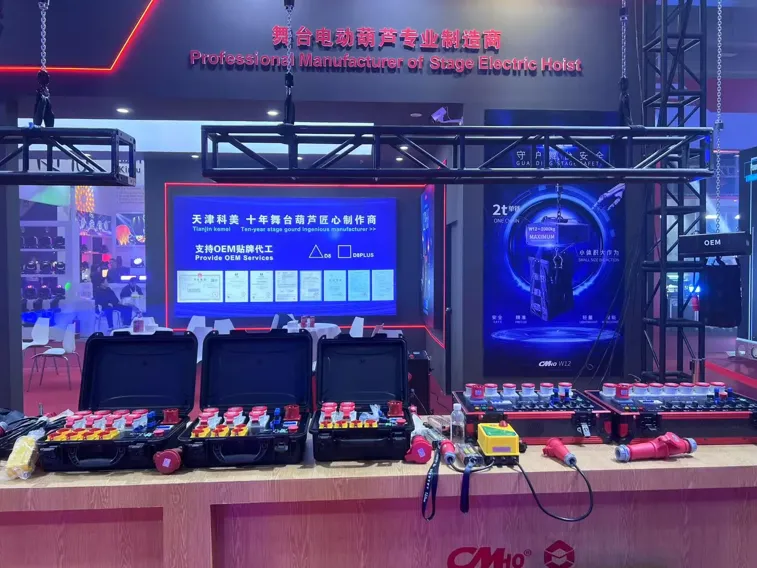
2025-02-28
创始人
0
The participation of Tianjin Kemei in the Guangzho...
Tianjin Kemei made a remarkable and eye-catching appearance at the Guangzhou (International) Performing Arts Equipment, Intelligent Acoustic, Optical and Electrical Products...
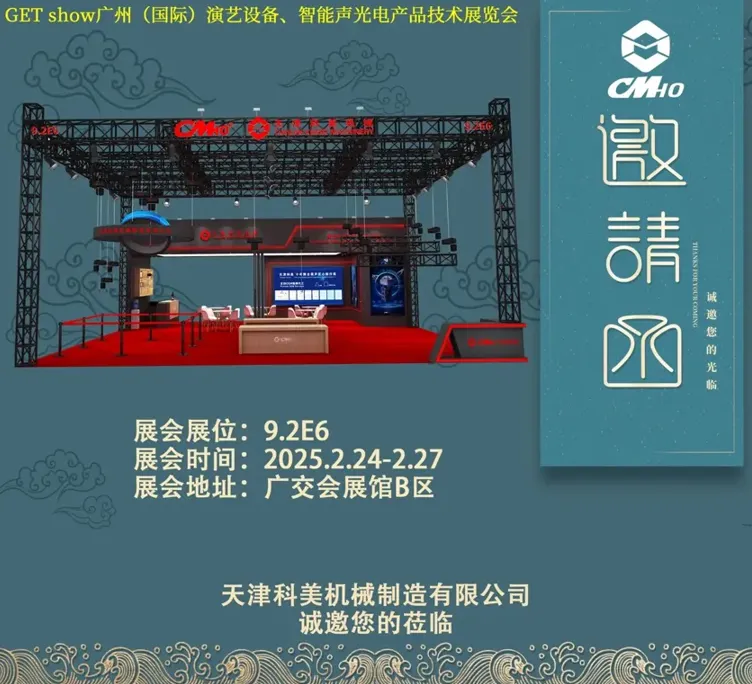
2025-02-27
创始人
0
Guangzhou (International) Performing Arts Equipmen...
In the era of the rapid development of stage lifting equipment and intelligent acousto - optic technology, every industry event serves as a crucial opportunity for innovatio...
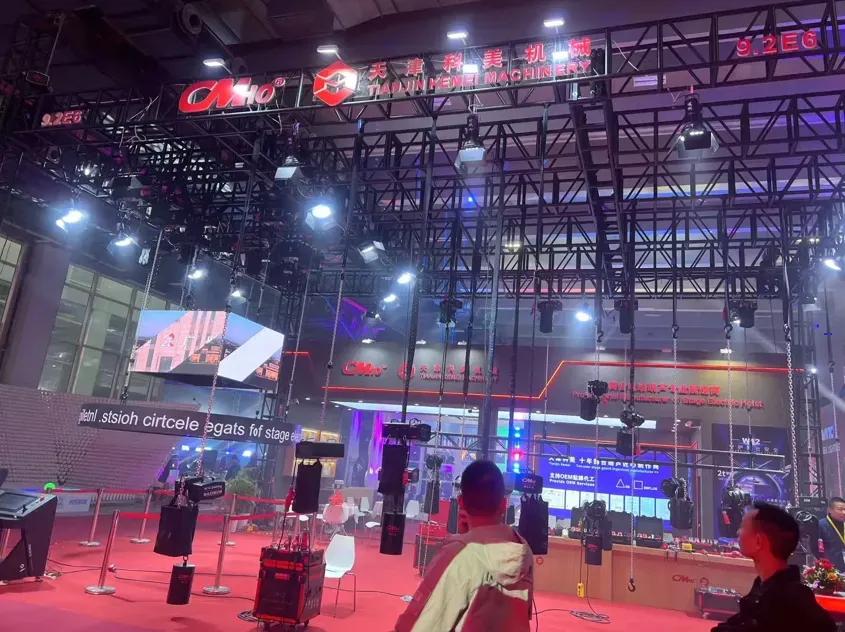
2025-02-27
创始人
0
GET show Guangzhou (International) Performing Arts...
Tianjin Kemei Machinery Manufacturing Co., Ltd. has been deeply engaged in the stage equipment manufacturing field for many years and has developed into a modern benchmark e...

